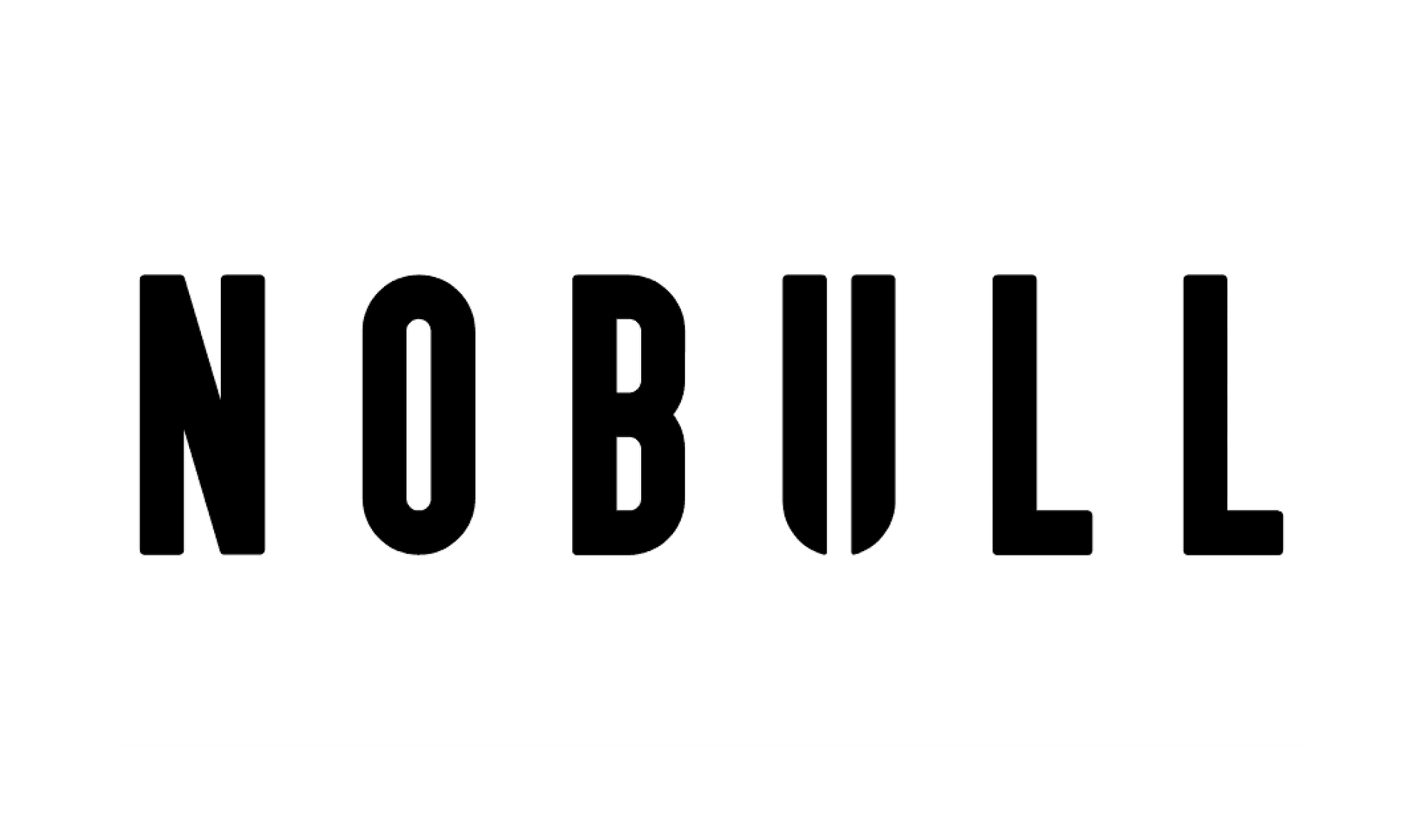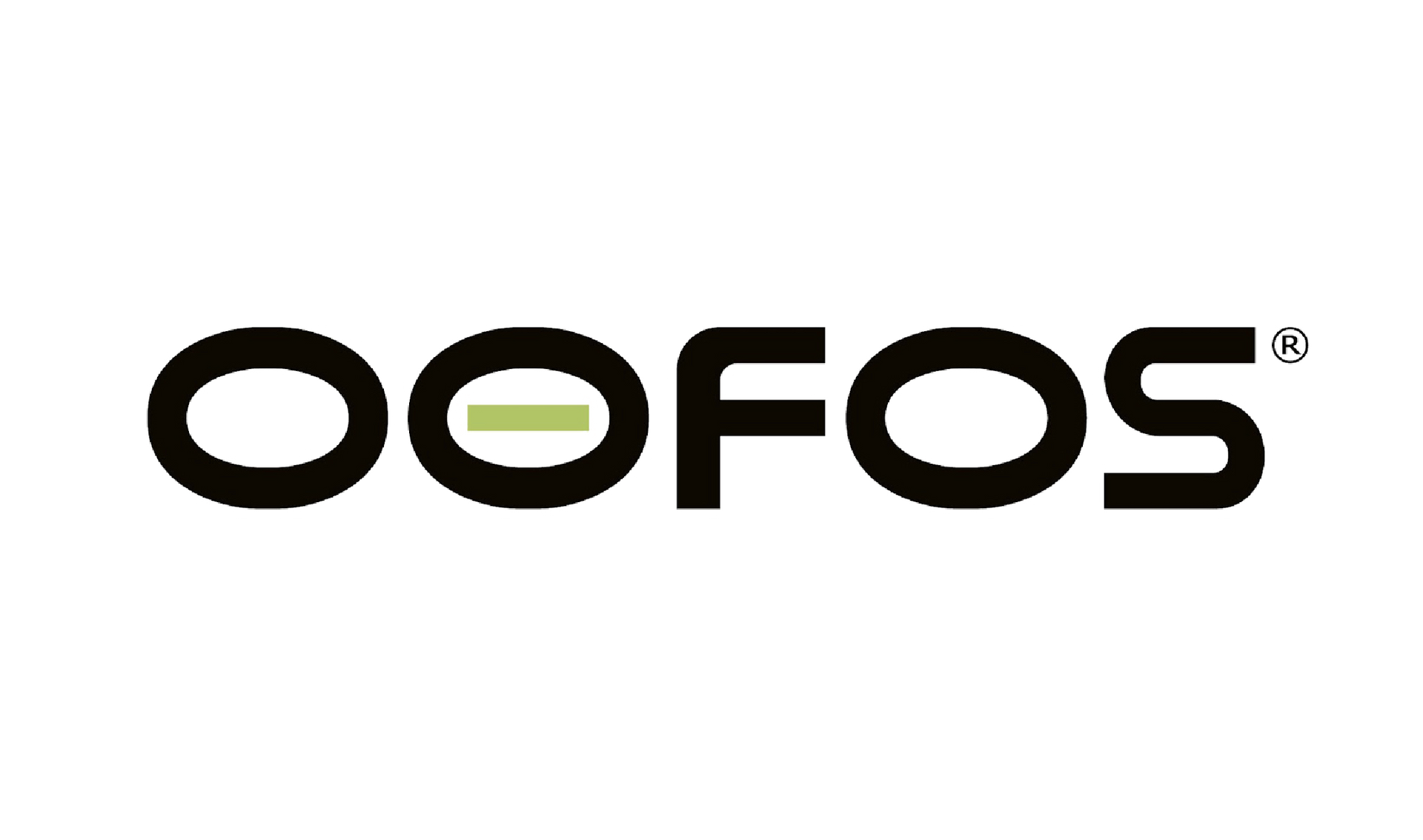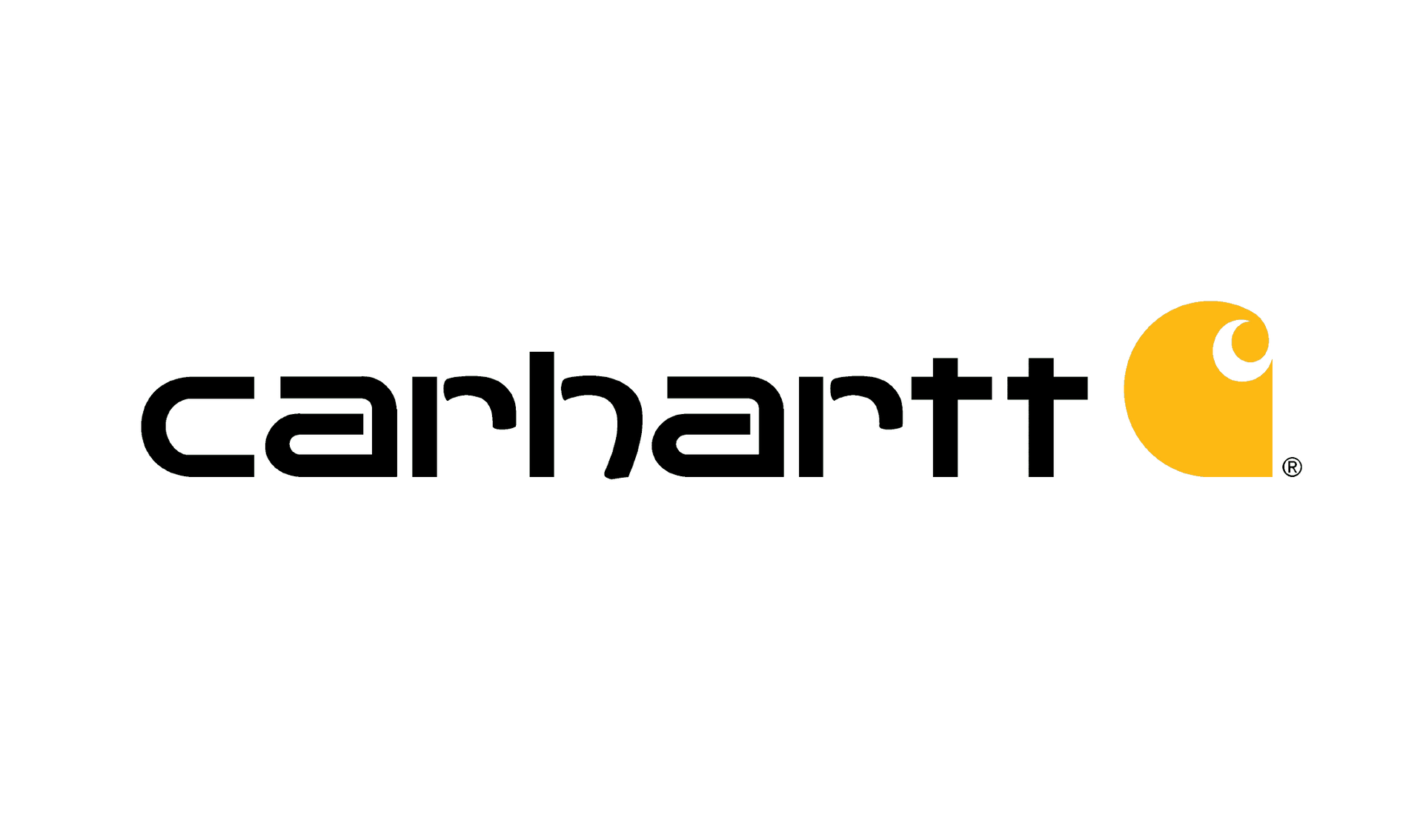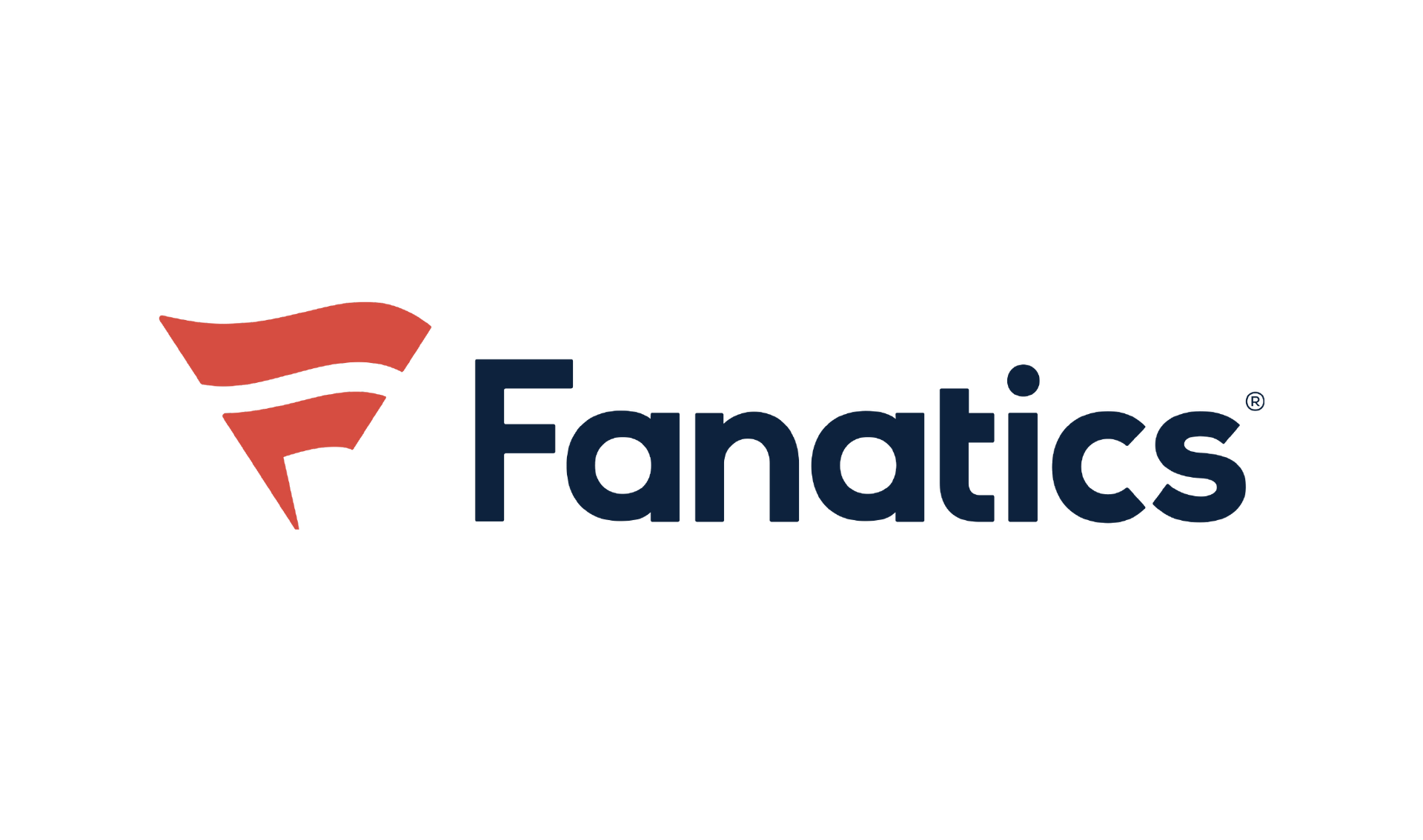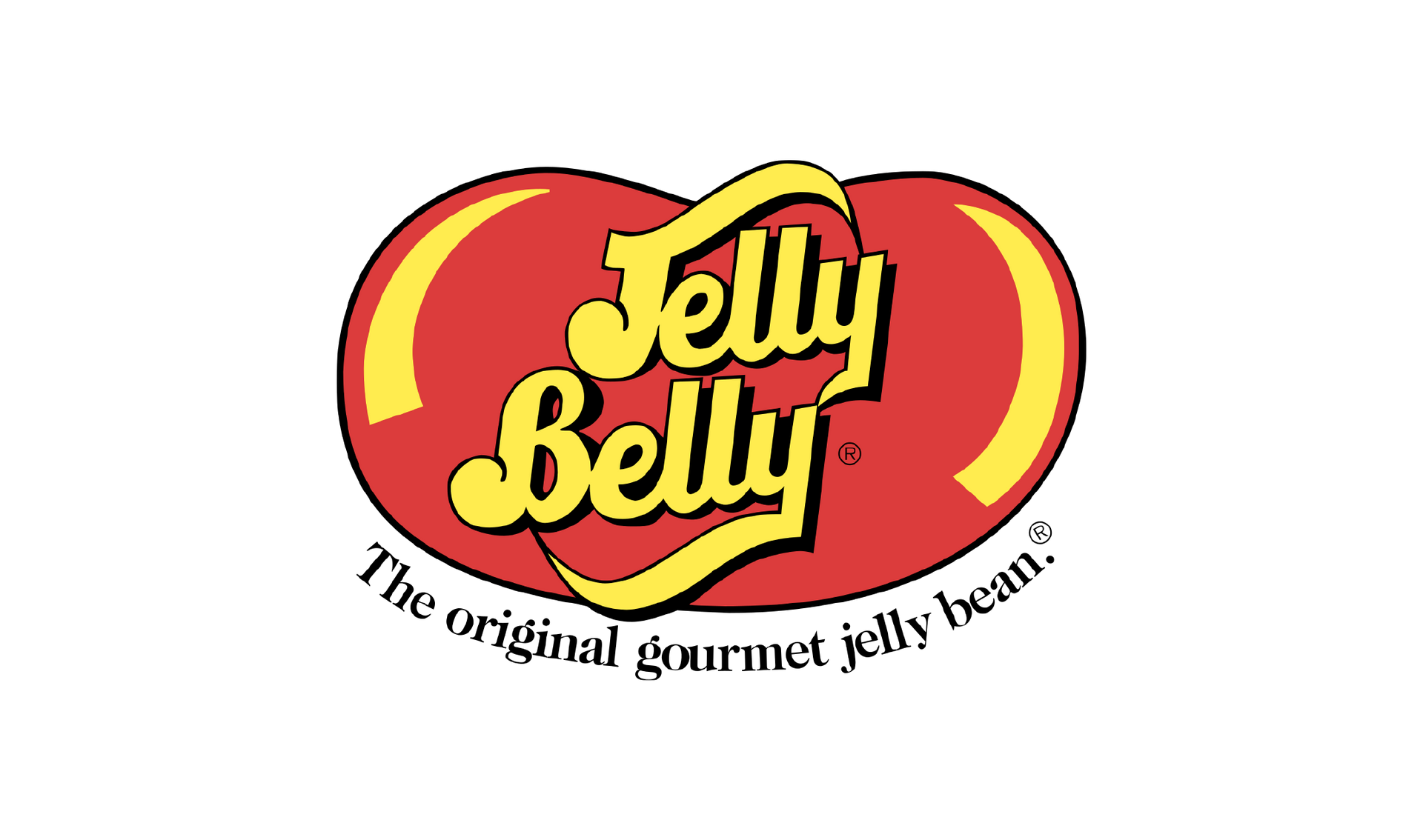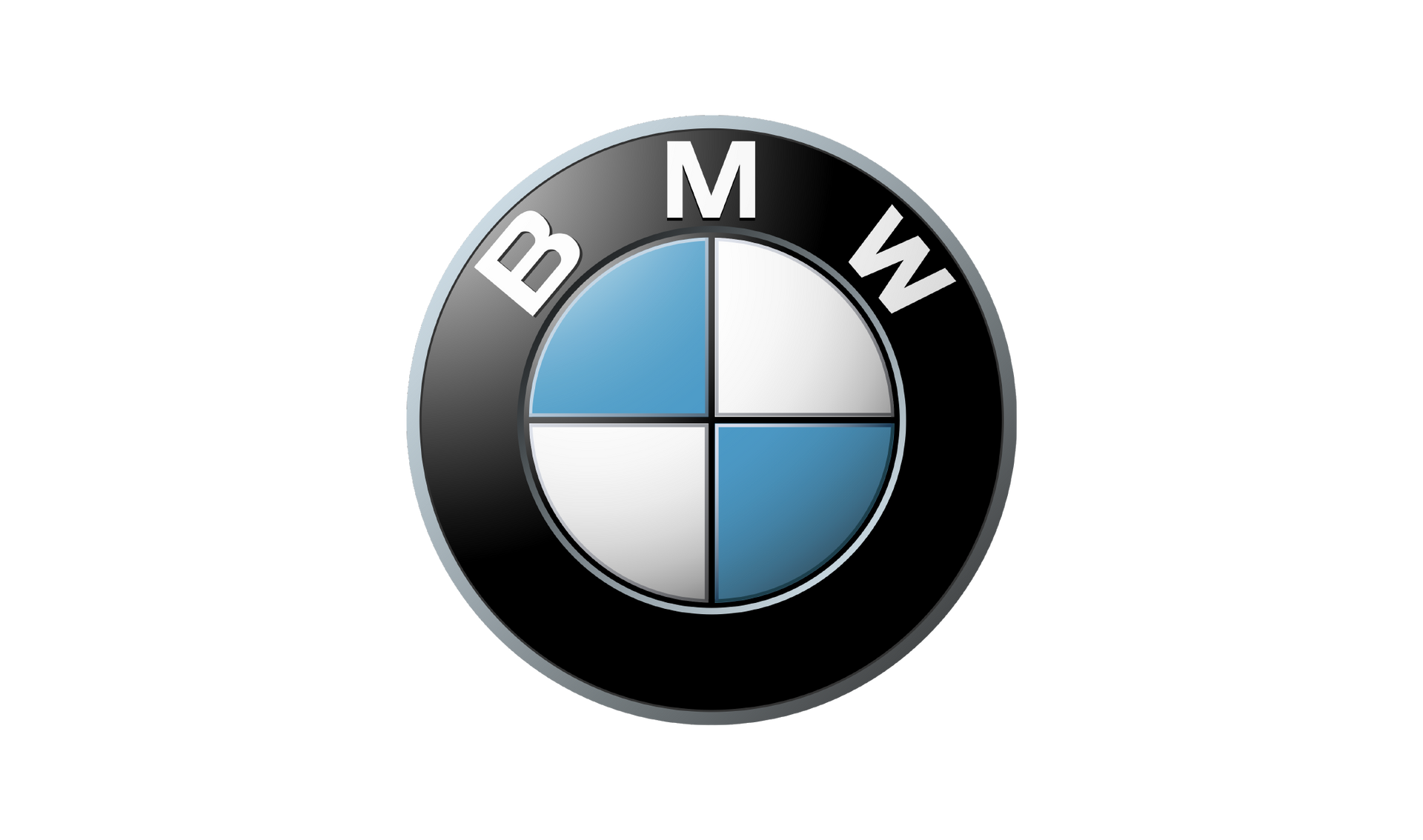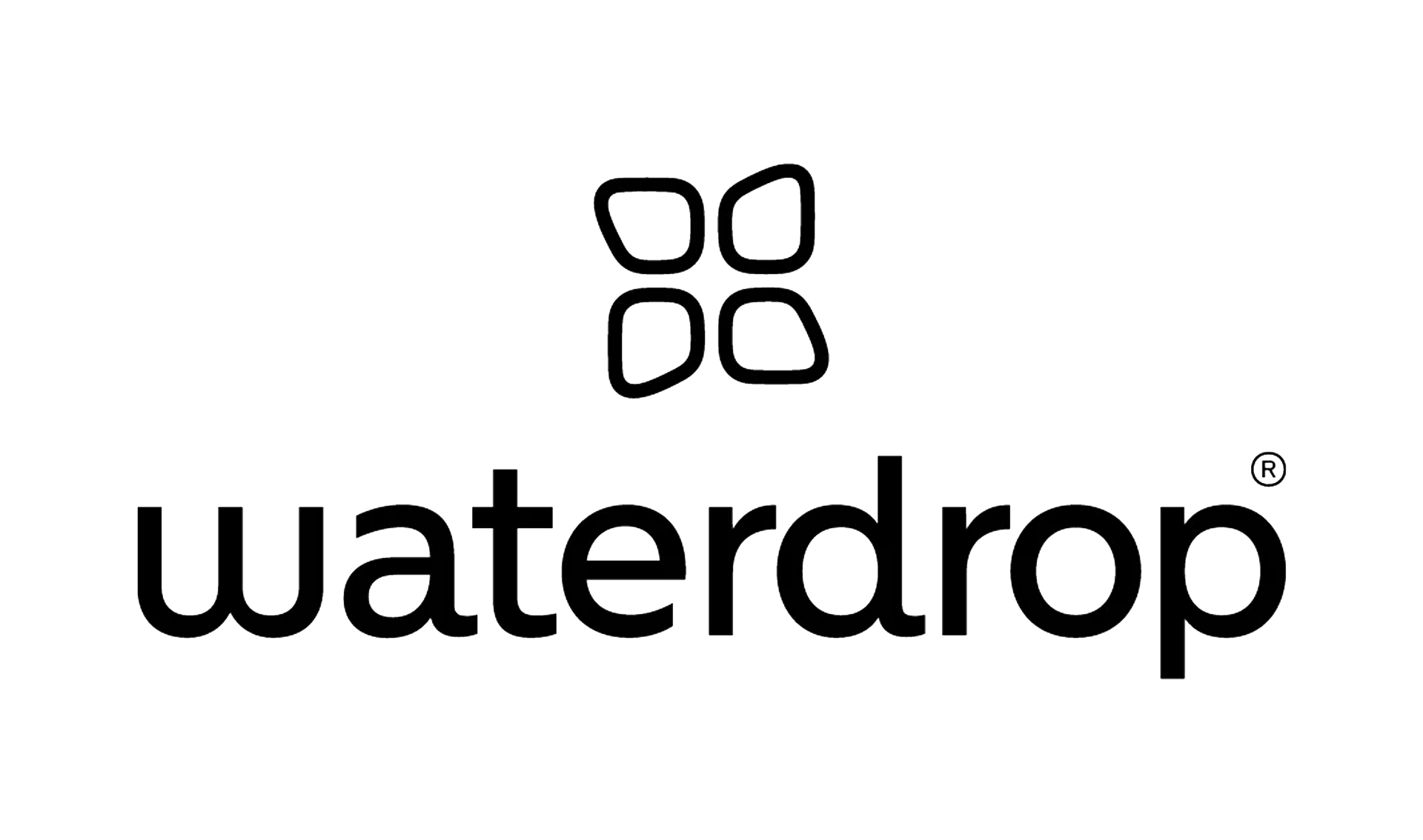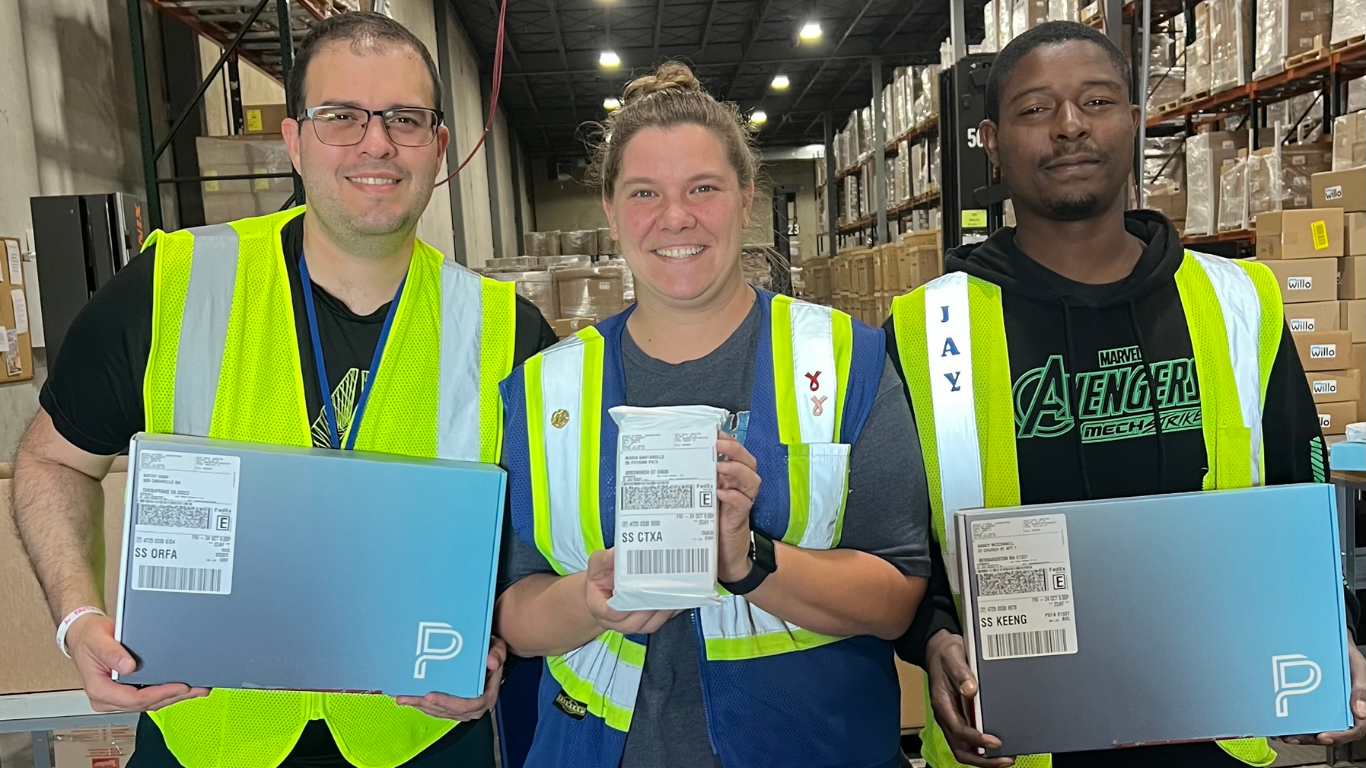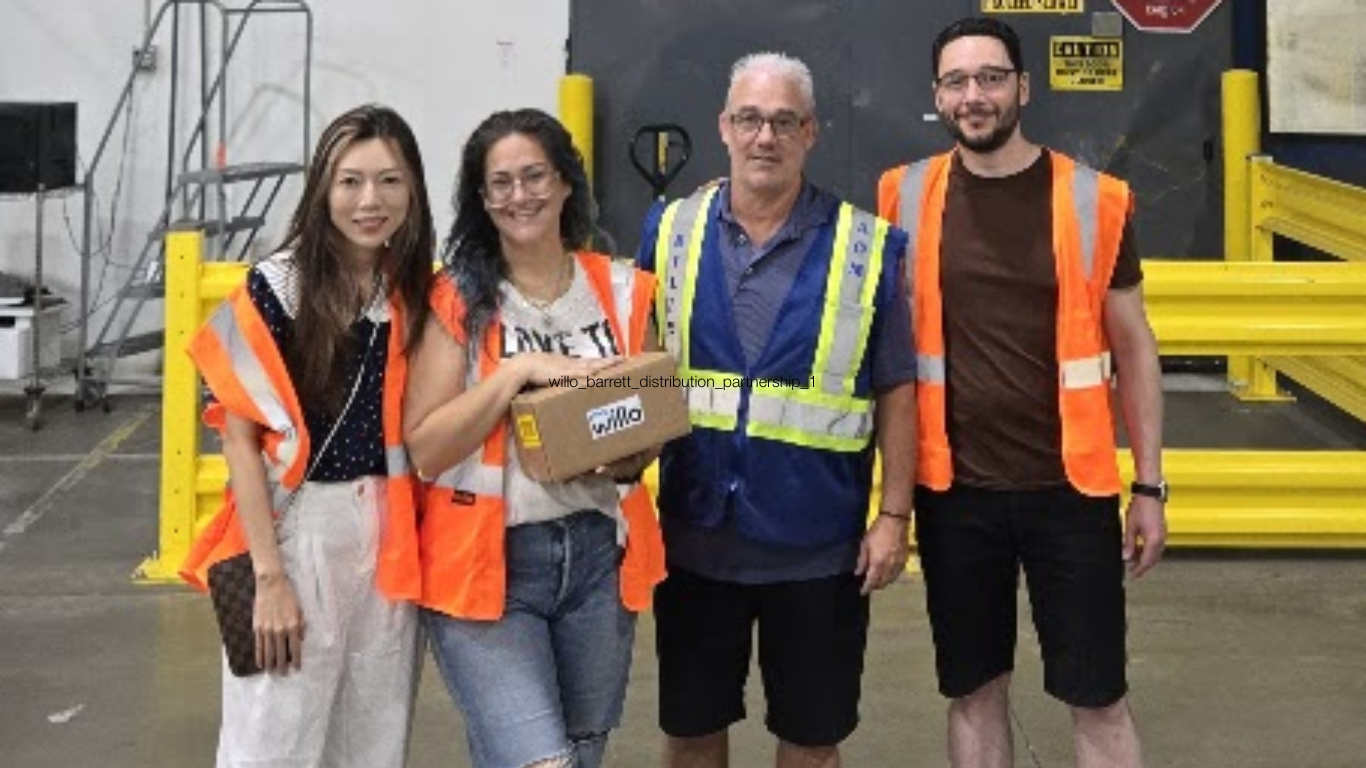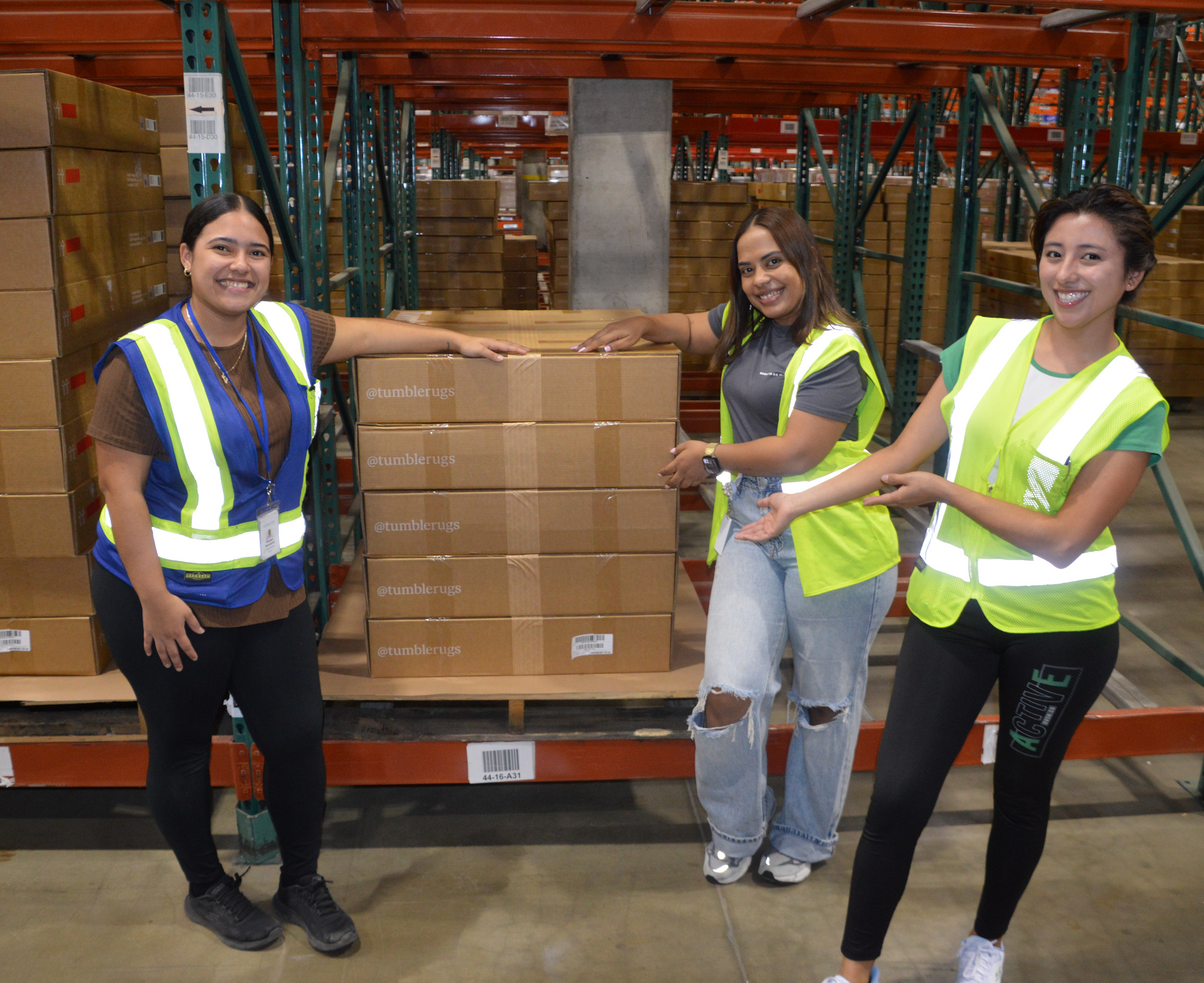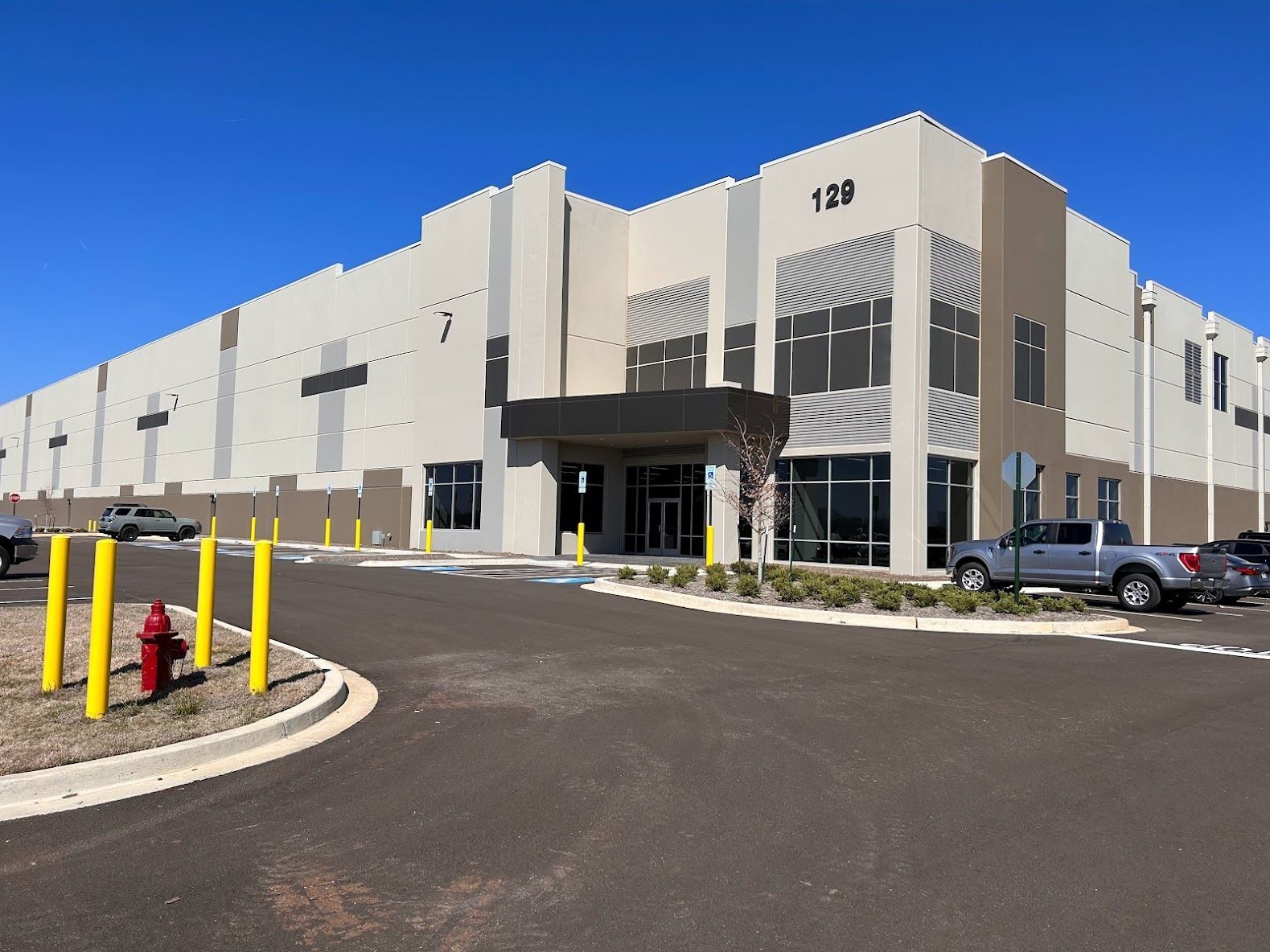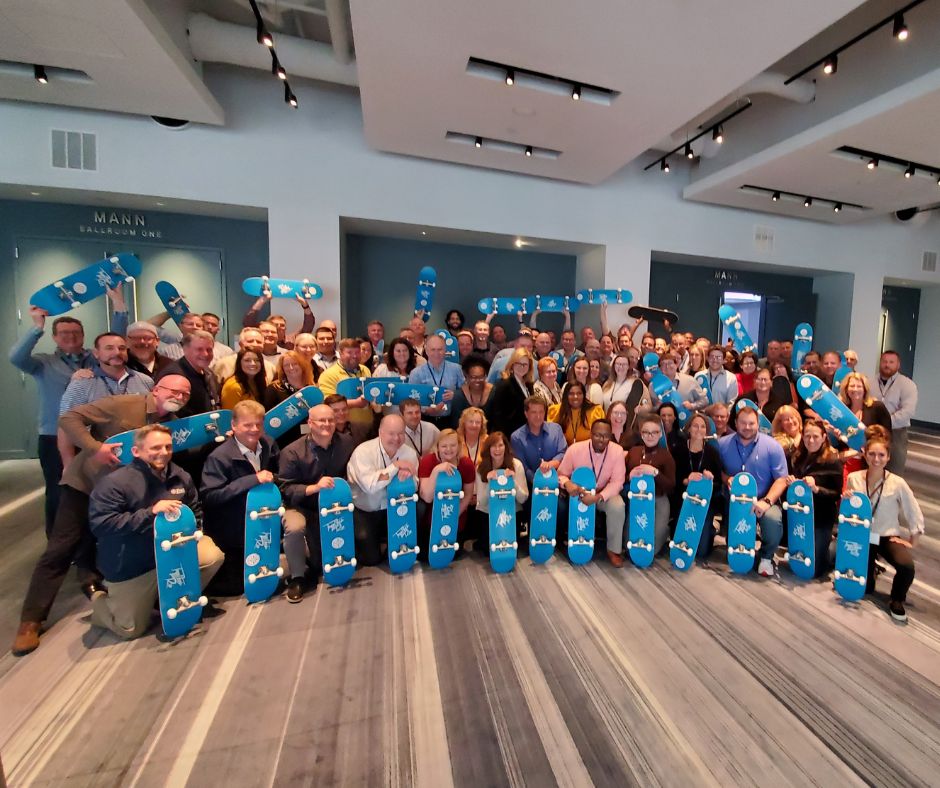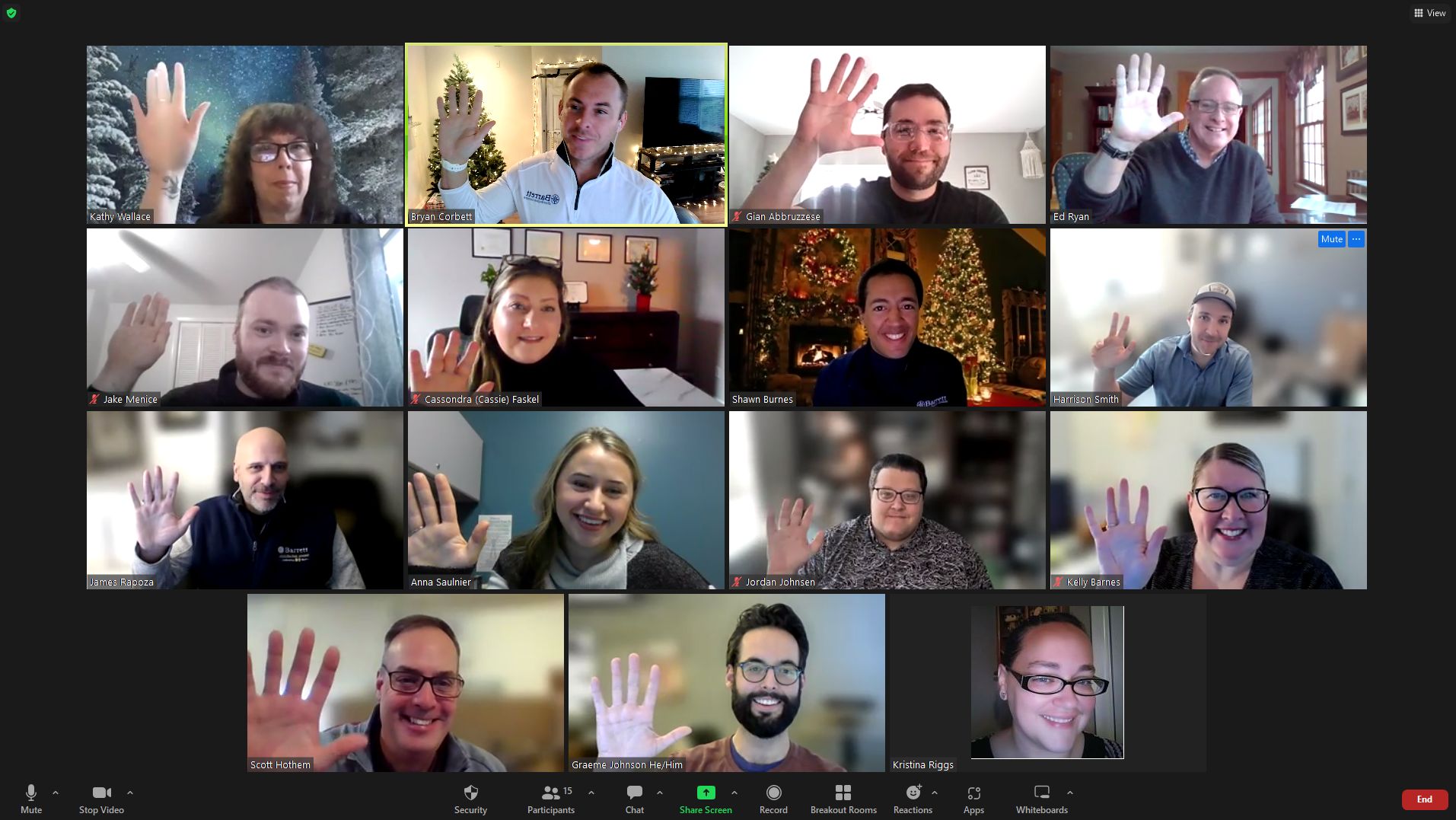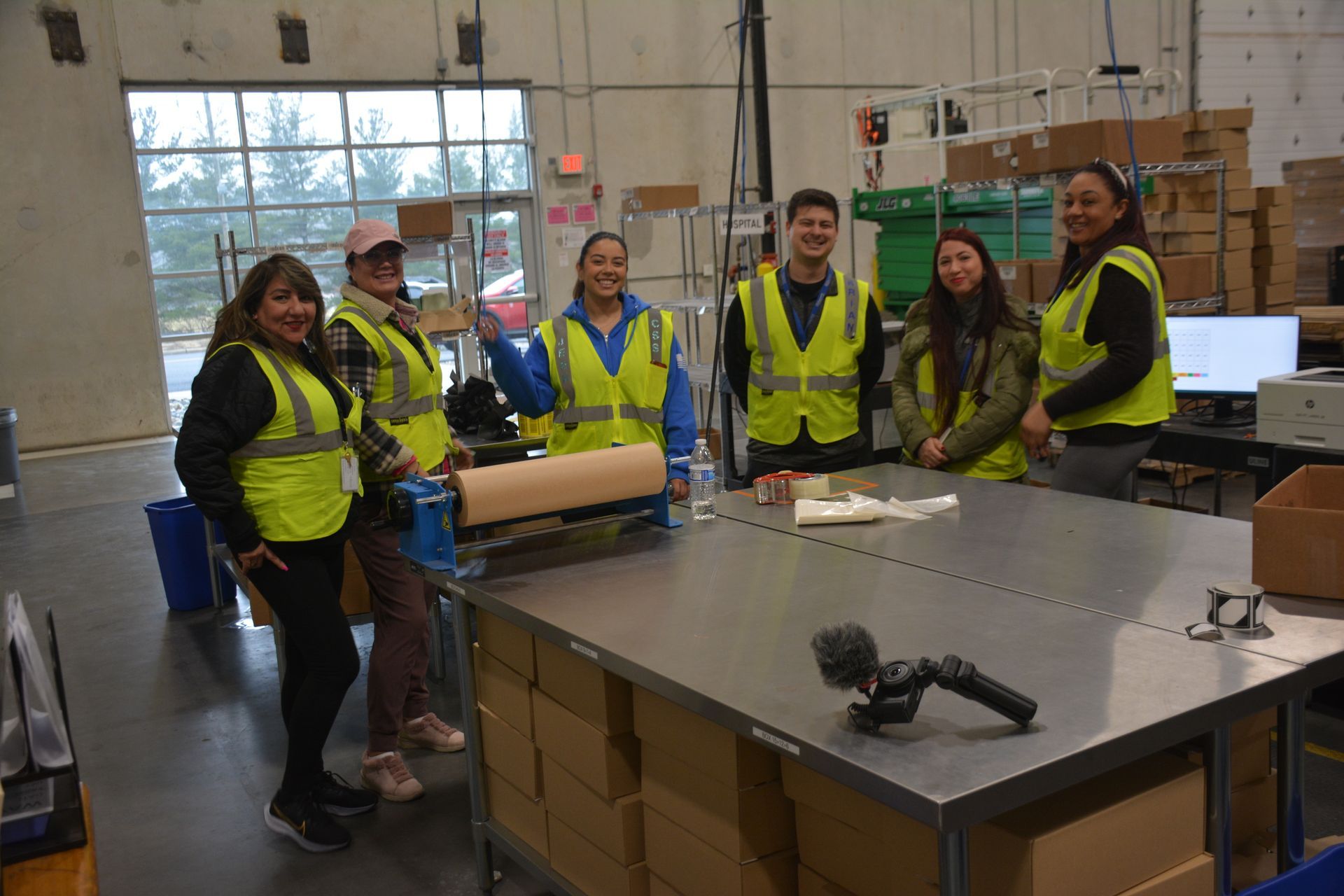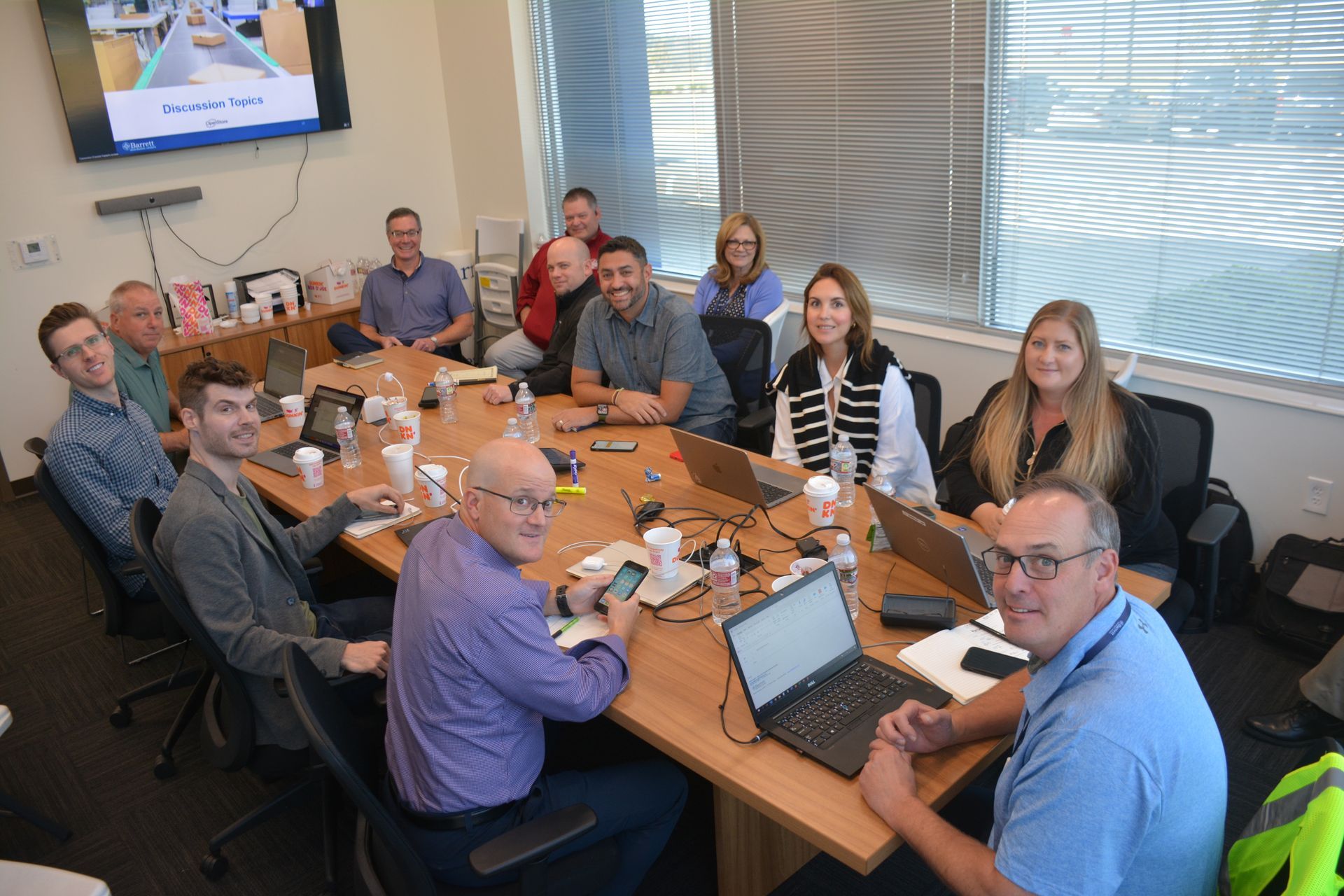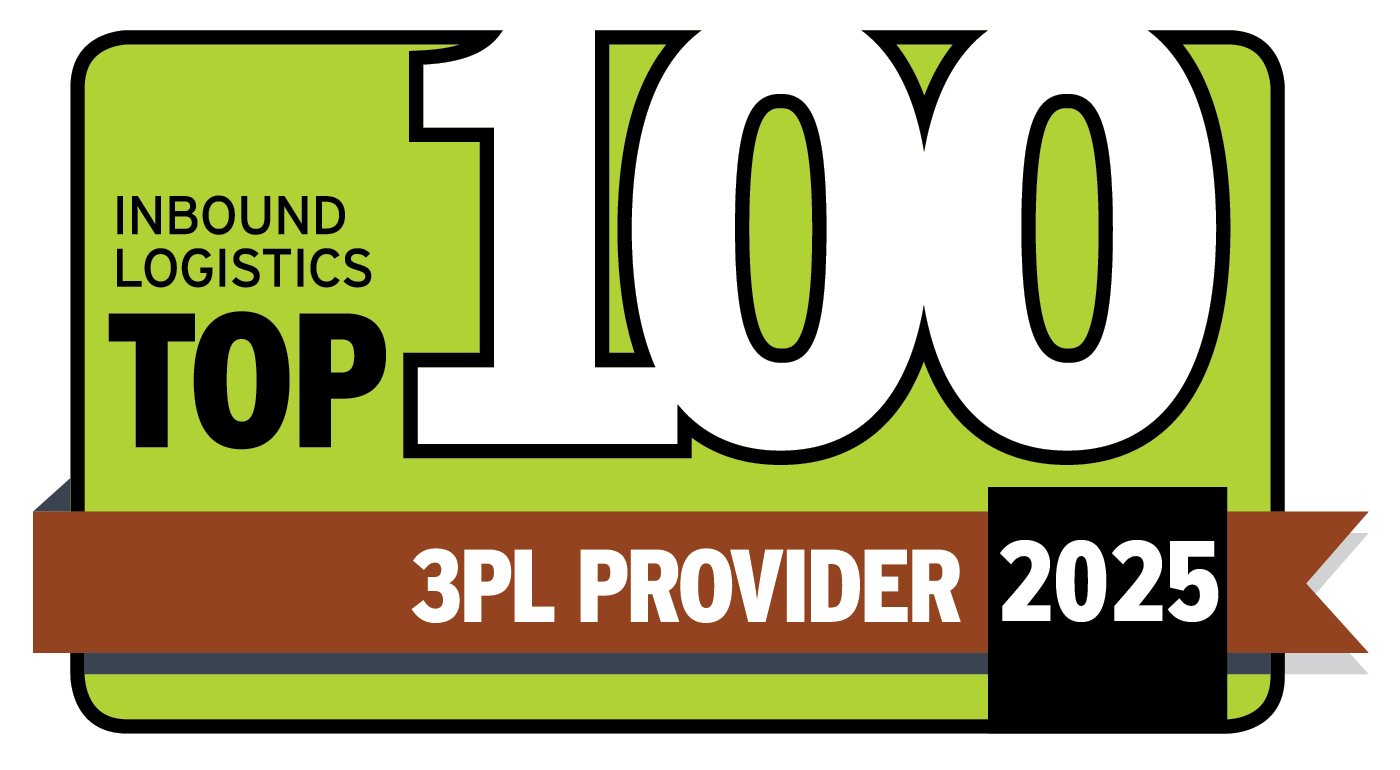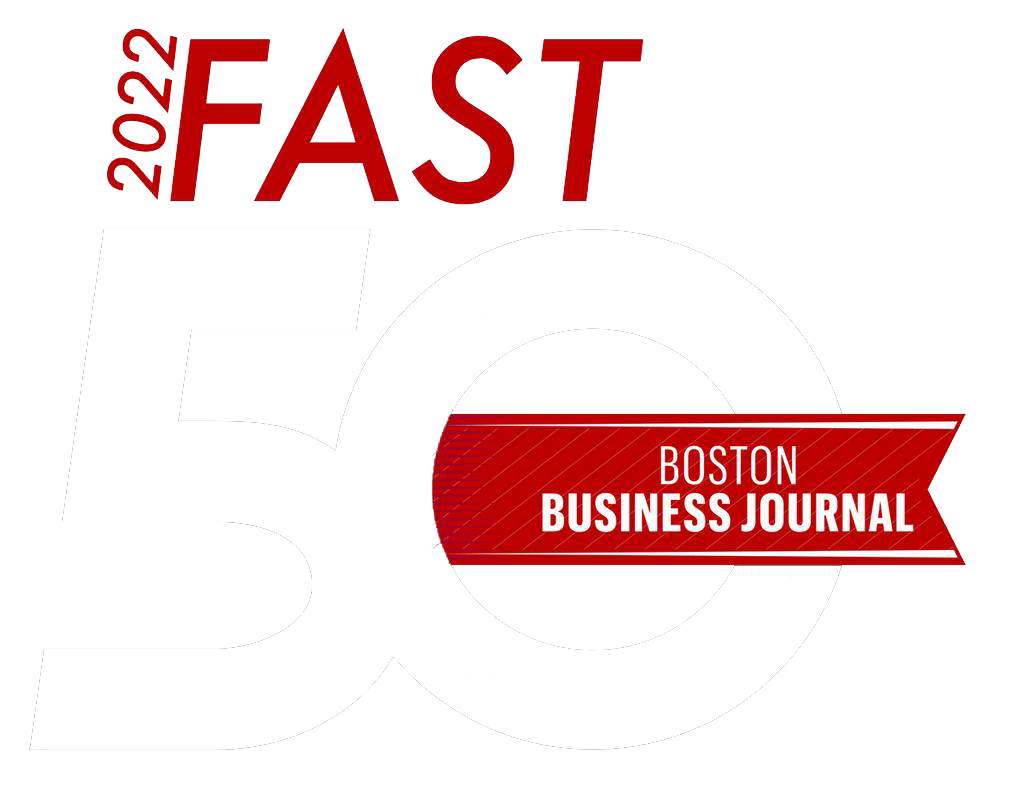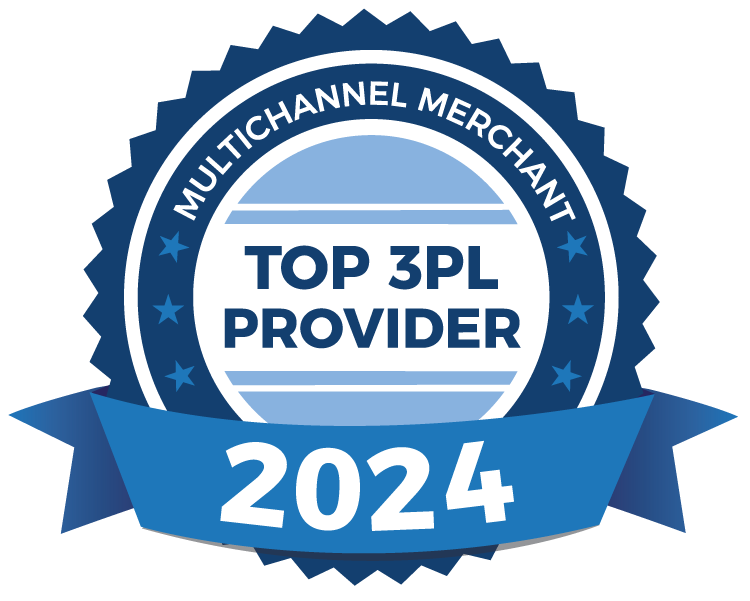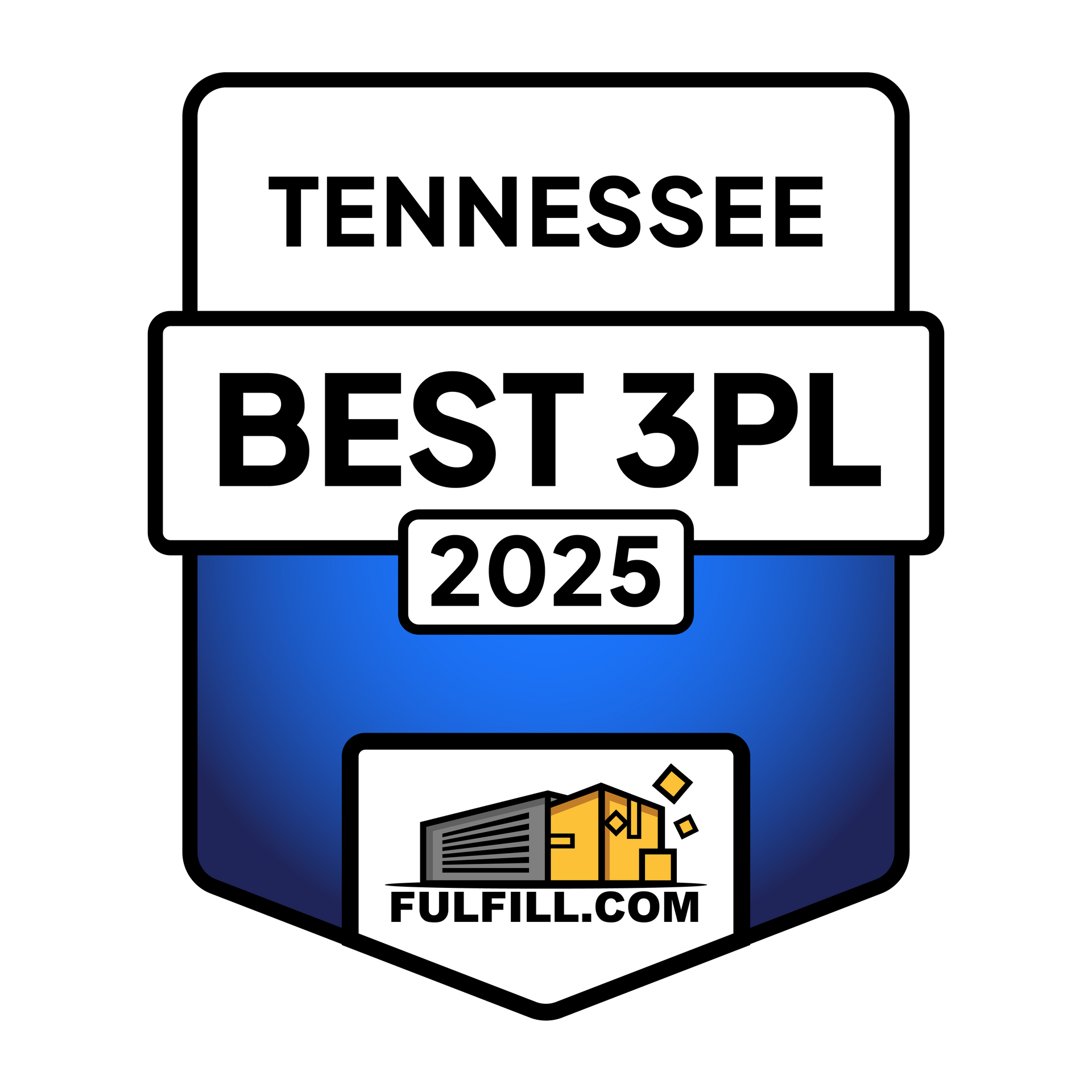By Katherine Wroth
•
October 29, 2025
If you’ve ever stared at a 3PL proposal and wondered, “How did they get these numbers?” you’re not alone! ICYMI: Barrett joined The New Warehouse podcast to share how pricing actually works. Below are the top 10 tips and FAQs for your next 3PL search. 1) It starts with data, not a rate card A flat rate card can work for simple, one-size-fits-all operations. That’s not most brands we talk to. We build custom pricing from your data, so the solution fits how you sell and ship. What we ask for first 12 months of order volume Units per order, and per line SKU count, and on-hand per SKU Inventory snapshots, and turns Seasonality patterns, and promos Returns profile, and value-added steps When data is thin, we’ll model with clear assumptions. The fewer assumptions we need, the tighter and more accurate your pricing gets. 2) The core truth: 3PLs sell time A fulfillment operation is a time engine. Every touch, every walk path, and every carton closed takes seconds. These seconds add up to labor, your biggest cost after space. We analyze: Pick and pack methods by product type Walk paths, and slotting to reduce travel Work content at the station, from tissue wrap to branded inserts Throughput targets by hour, to size teams right Small process tweaks create big pricing differences. 3) Who’s in the room when we price? It’s a team sport. Sales brings the brand voice. Engineering models the work and solution. Finance prices the model. Ops reality-checks the floor plan. Marketing joins early to understand your brand experience, so we’re aligned before go-live. 4) Culture fit affects cost more than you think Rates matter, but so does how we’ll work together. When your team engages early, we guess less, build faster, and avoid re-dos. We bring cross-functional teammates to calls and on-site visits. We’ve even secret-shopped your store to unbox like your customer — that tells us as much about labor content as it does about your brand story. 5) The most underrated file: your item master If you give us one perfect thing, make it this: length, width, height, weight, inner and master packs, and hazard flags. The item master drives slotting, cartonization, dunnage, storage mix, and therefore your space and transportation costs. Bad dims mean shipping air — and paying for it. If item data is missing, we’ll run first article inspections during receiving, so we don’t guess. 6) SKU velocity is your pricing cheat code If 20% of SKUs drive 80% of orders, tell us. We’ll set A/B/C slotting, right-size pick faces, and build walk paths that cut travel. That trims seconds per order, which trims labor, and your rate. Control sprawl with SKU retirement, and you’ll see it in your quote. 7) Automation: when and who pays? We don’t push automation for the buzz. We propose it when ROI beats manual — period. Sometimes that’s AMRs or put walls. Sometimes it’s smarter pick logic, and a better layout. Who pays? Shared or usage-based models are common now — think cents per unit instead of a big lump sum For big, dedicated systems (AutoStore, etc.), cost sharing and longer terms make sense. Clear exit and buyout language protects both sides If your five-year growth case is ambitious, we’ll model a path that won’t lock you into a fixed cost you can’t carry if the forecast shifts 8) Cost-plus vs. unit rates Both work. For large, capital-heavy partnerships, open-book cost-plus can make sense. You see the cost stack, agree on a set margin, and share in kaizen savings. Unit rates with a solid assumptions list are the cleanest path for many brands. We’ll recommend what fits your scale, and risk profile. 9) Labor and seasonality without the chaos tax Share your seasonality curves, and we’ll build a flexible staffing plan. We run campus models in several markets, which lets us share trained associates across buildings when peaks don’t overlap. For surprise spikes, we’ll bring you options fast — overtime, weekend shifts, borrowed equipment — with costs so you can pull the right lever. 10) How long should pricing take With good engagement and access to data, two to three weeks is a fair target for a complete custom proposal. Faster is possible for simple needs, but rushing complex work means more assumptions, which often turn into changes later. This is not fun for anyone. 11. What brands can do to get a sharper quote Must-haves Clean item master with dimensions and weights 12 months of orders, lines, and units by day or week Inventory snapshot with on-hand by SKU SKU velocity and ABC classification, if you have it Returns volume, and typical work content Nice-to-haves Packaging standards with photos or SOPs Peak calendars, promo plans, and new channel launches Current cartonization logic or target box profile Compliance guides for retail, or marketplaces Deal-savers One cross-functional call with Ops, Supply Chain, Finance, and Marketing A short on-site or virtual floor walk Agreement on written assumptions in the proposal A quick note on learning curves Be careful if a provider is new to a service and wants you to fund their training via higher handling rates. This industry has clear market expectations for common services. If a price is wildly off the mark, it might not be the right fit. If both sides missed complexity during sales, we handle that with transparency — not surprises. Bottom line Great 3PL pricing isn’t magic. It’s data in, design out, with honest assumptions and a team willing to roll up its sleeves. When we understand your products, peaks, and brand experience, we can engineer the seconds out of the process and the cost out of your quote. Want us to run the numbers for you? Contact us now f or a complimentary supply chain consultation with one our Barrett 3PL experts.
